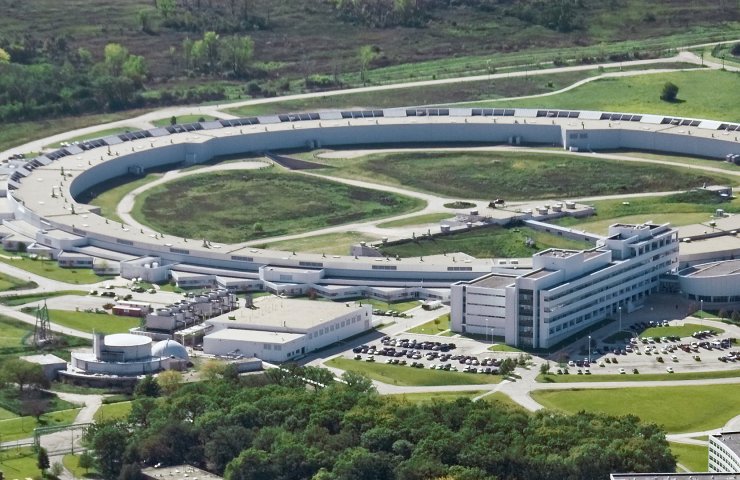Researchers at Carnegie Mellon University and Argonne National Laboratory in the United States have been able to use X-rays to see how gas bubbles form in metal during 3D printing. Scientists used extremely bright sources of photon radiation in argon and, through high-speed shooting, recorded the moment of melting of metals in powder during 3D printing (Power bed fusion technology).
Lasers scan powder layers and fuse them to form the desired metal product. But sometimes the presence of gas in them causes microdefects, leading to rapid wear of objects obtained by 3D printing. Until now, manufacturers know little about this phenomenon called "steam dimples". They experimented with beam power and metallic powders. But experiments with the use of X-rays have shown that the reason lies not in these factors.
In additive manufacturing, gas cavities are likely to form during metal boiling, depending on the focus of the laser, which requires further study.
“This was the first time the keyhole phenomenon could be seen in such detail thanks to the scale and specialized capabilities developed in Argonne,” says Tao San, a physicist from Argonne.
An experiment platform that supports the study of additive manufacturing. includes laser equipment, specialized detectors and specialized beam measuring devices. In 2016, the Argonne team, together with their research partners, filmed the world's first X-ray video of the production of laser additives on the micrometer and microsecond scale.




